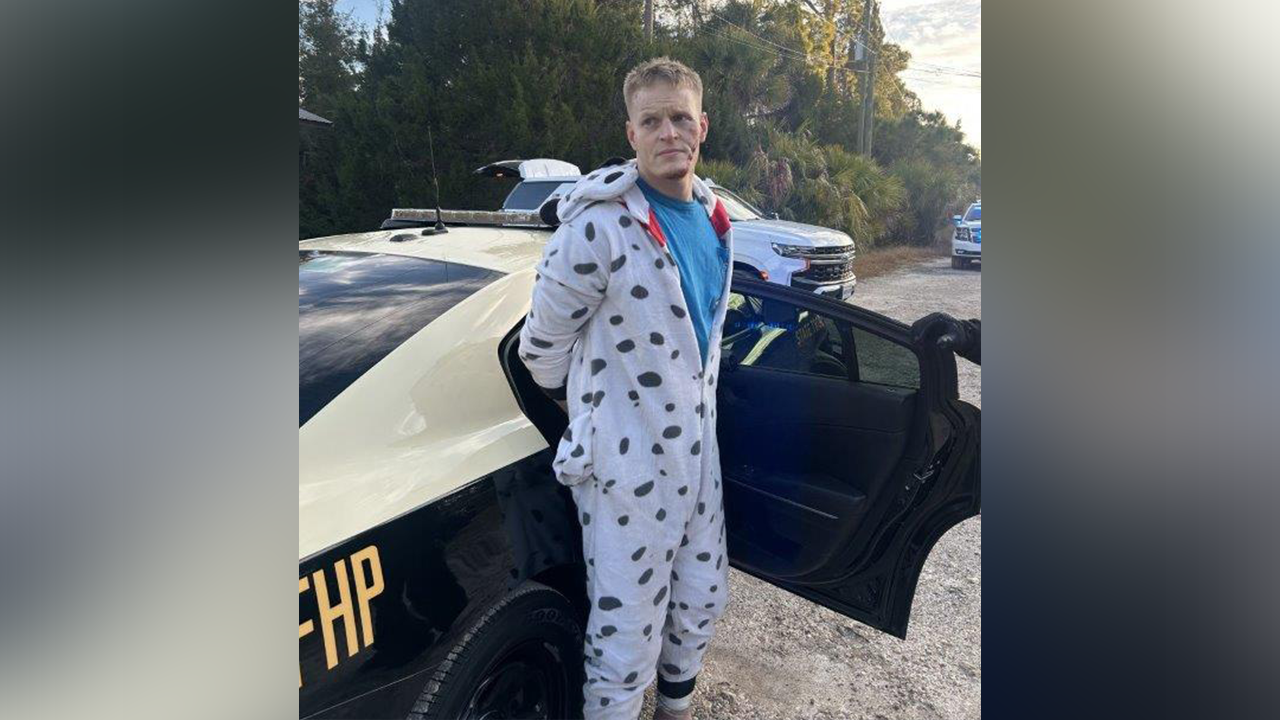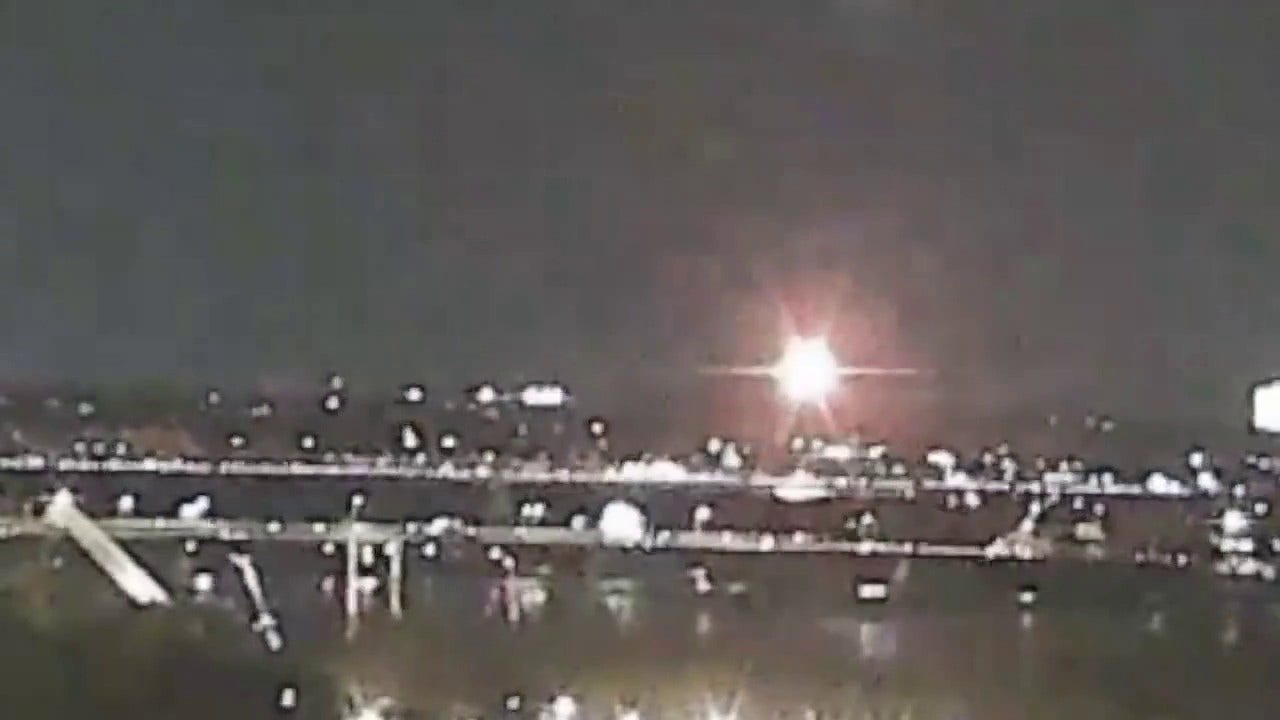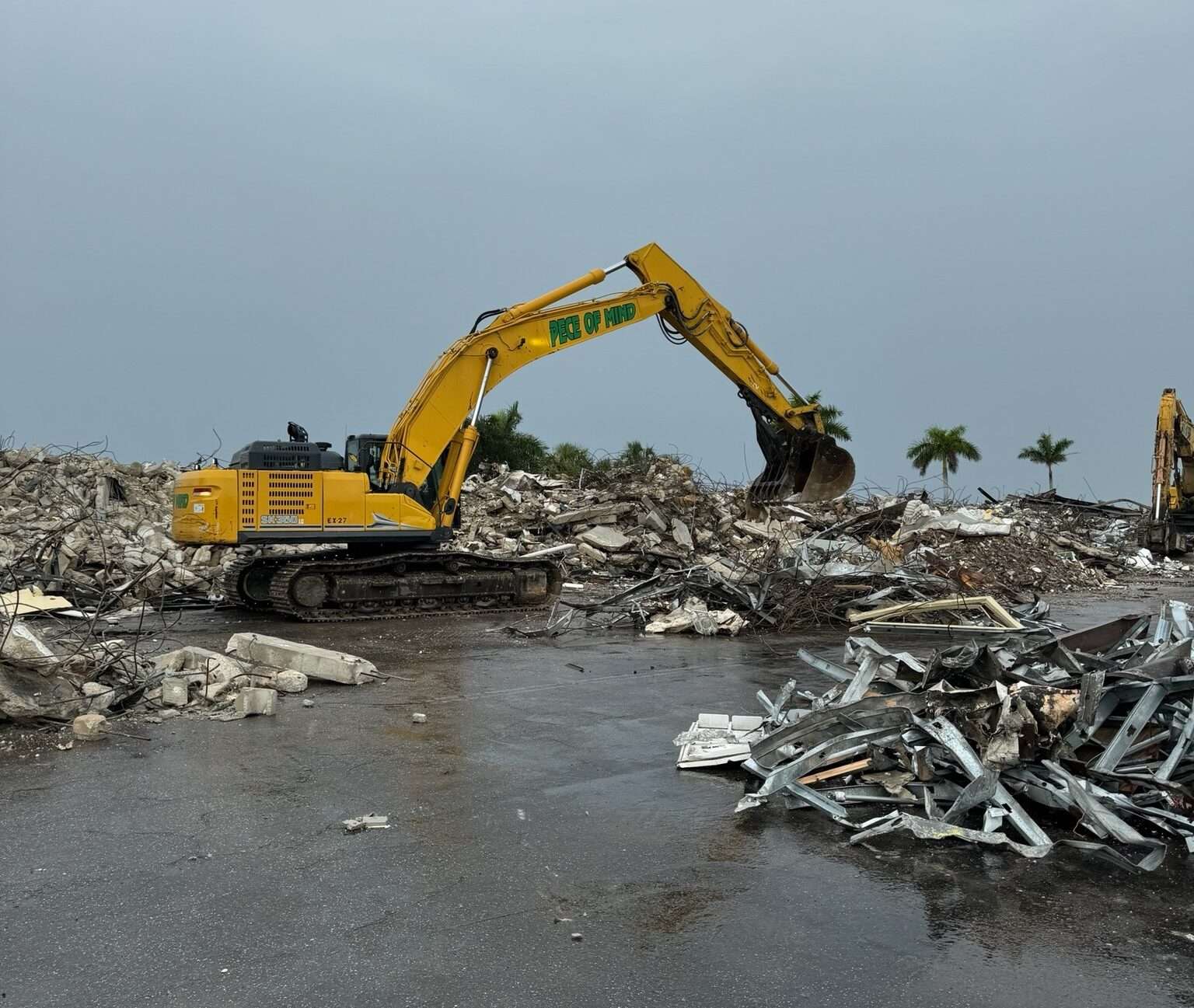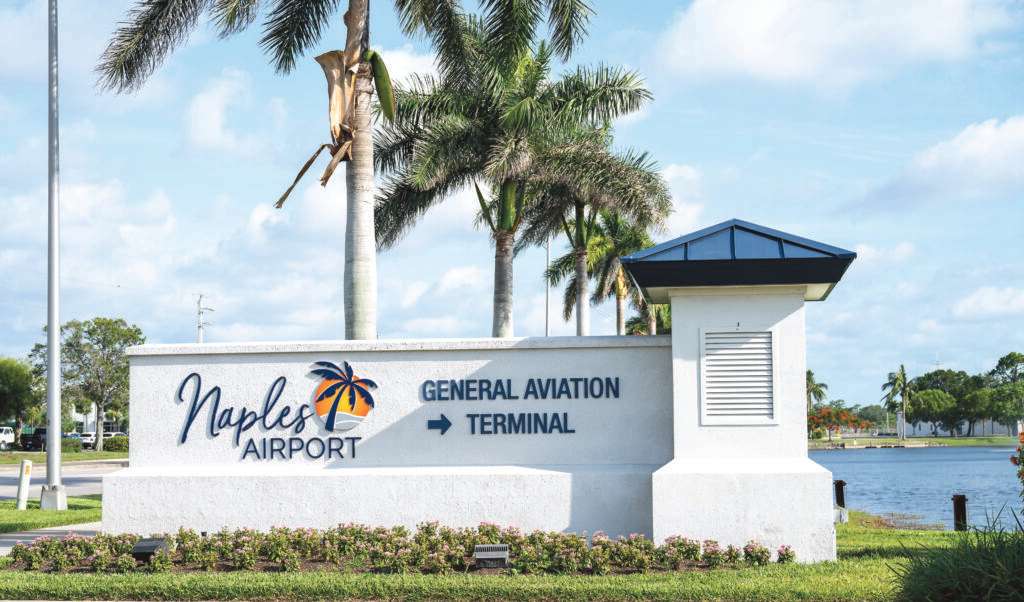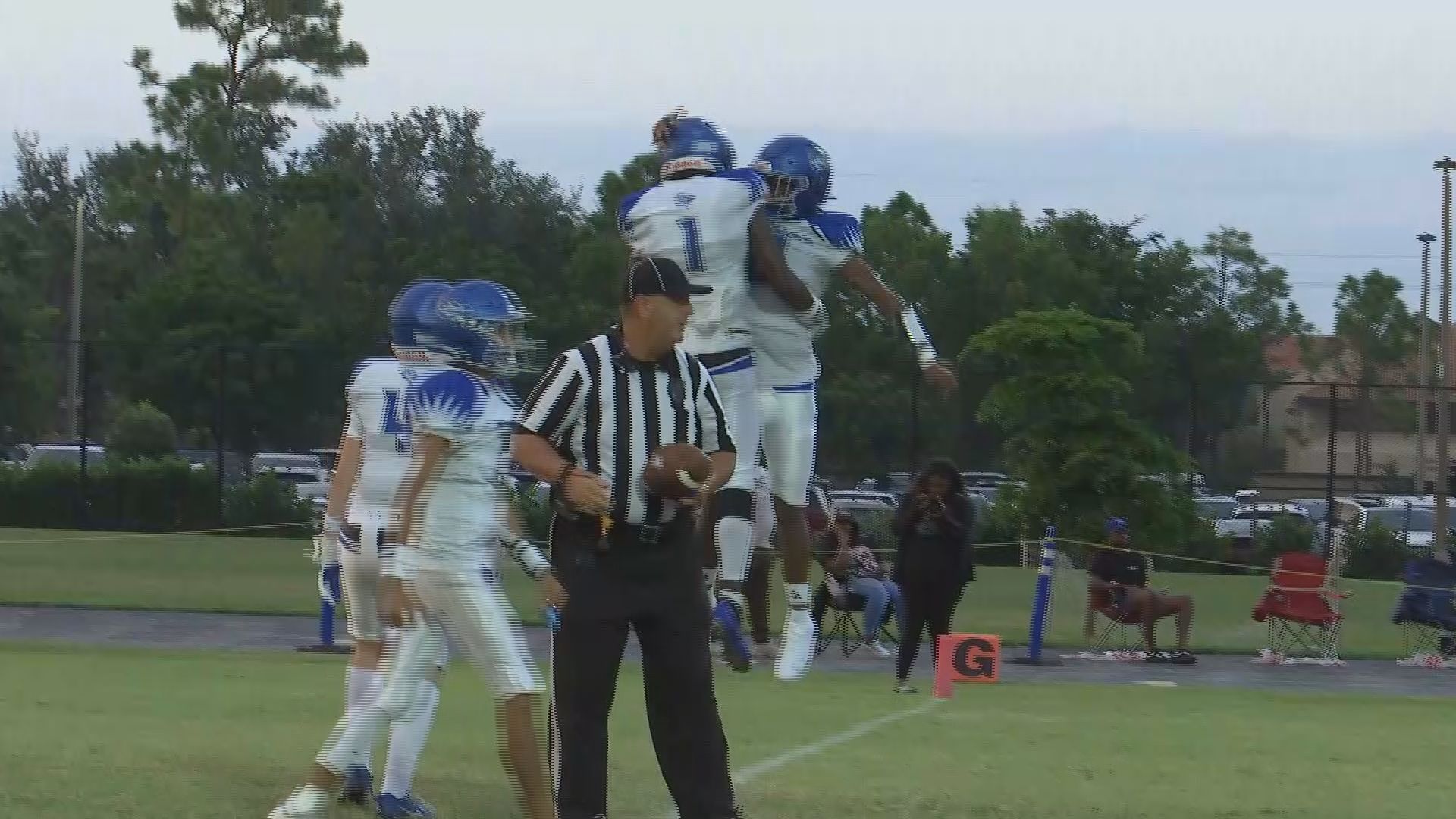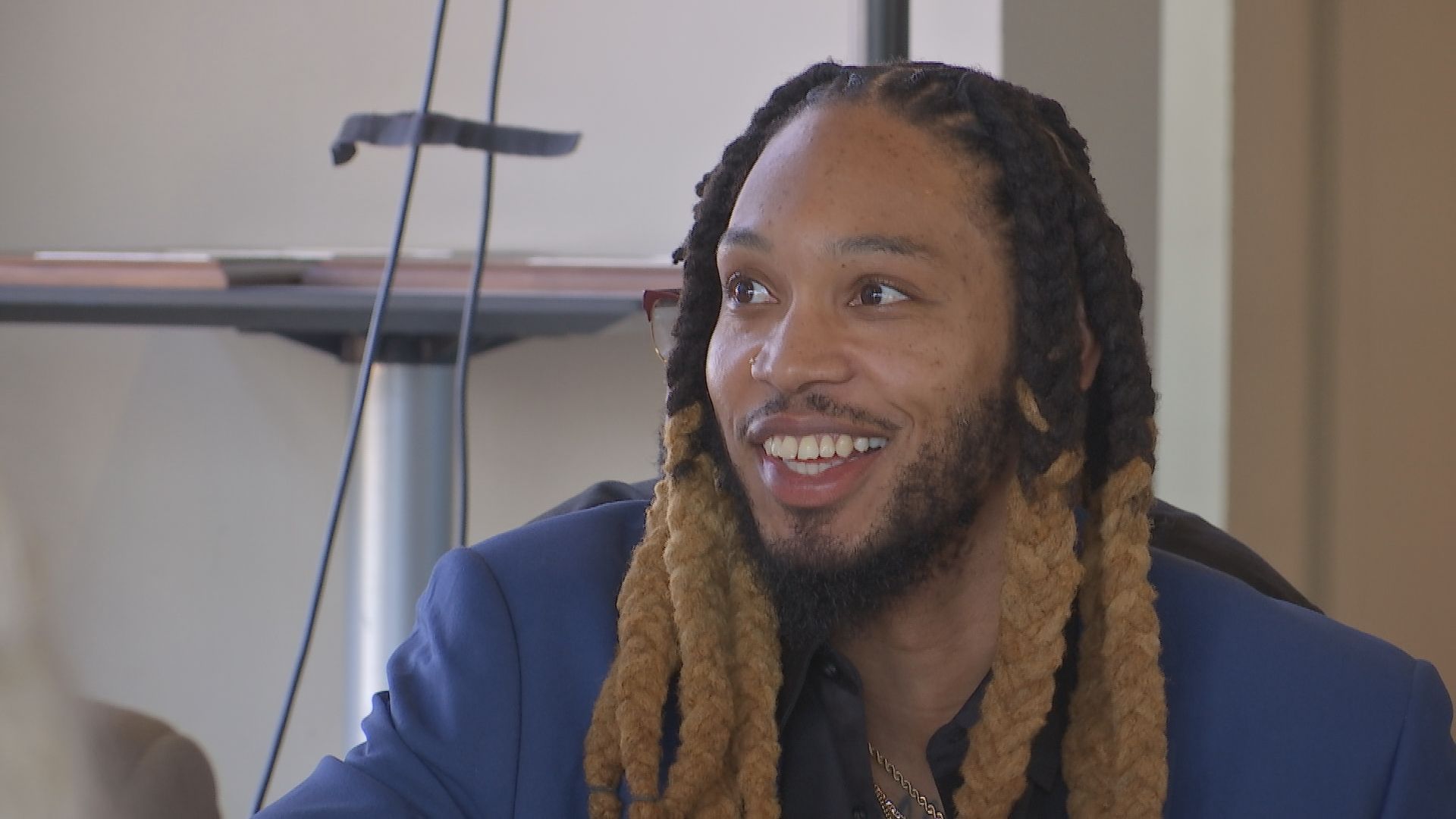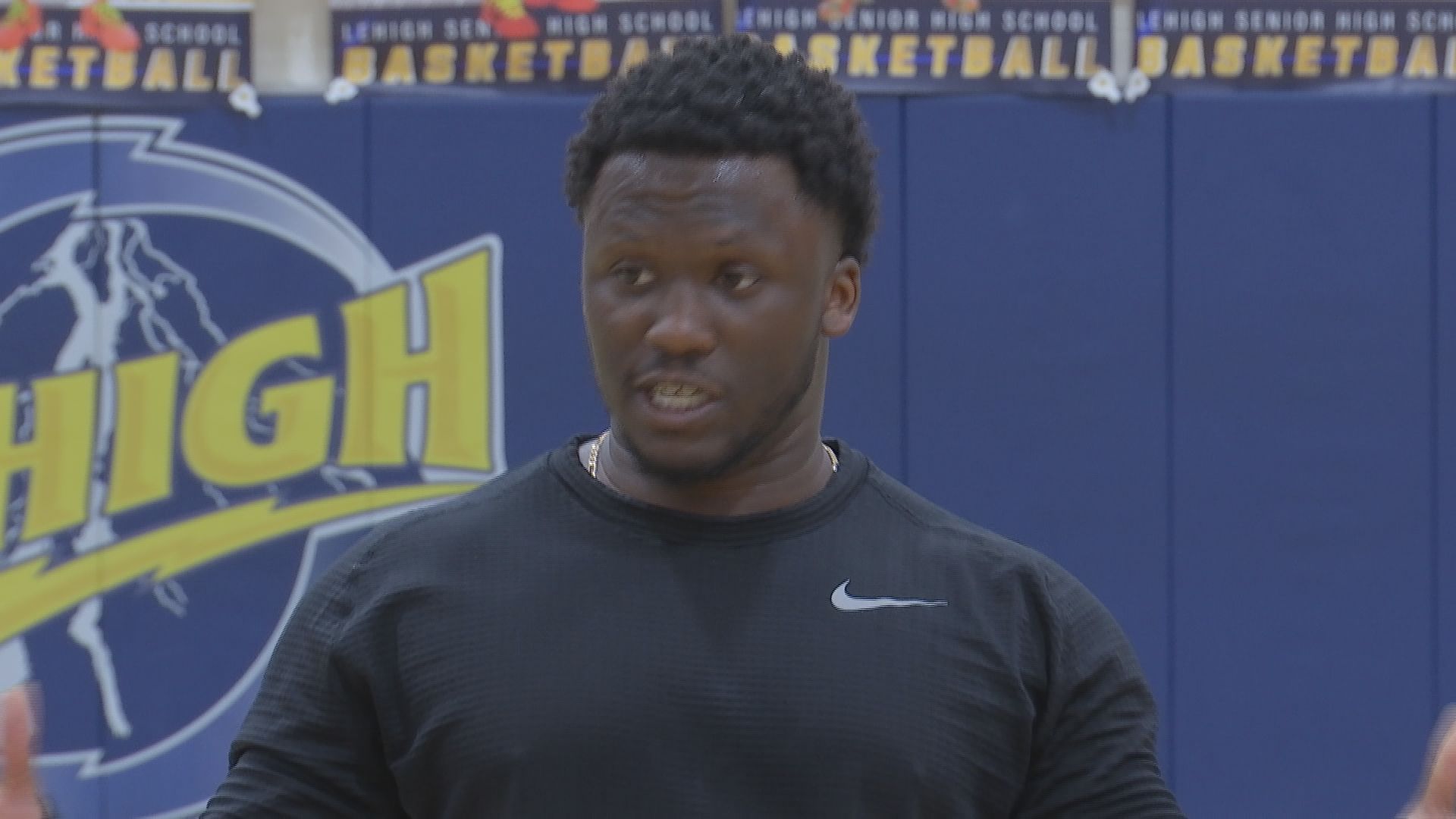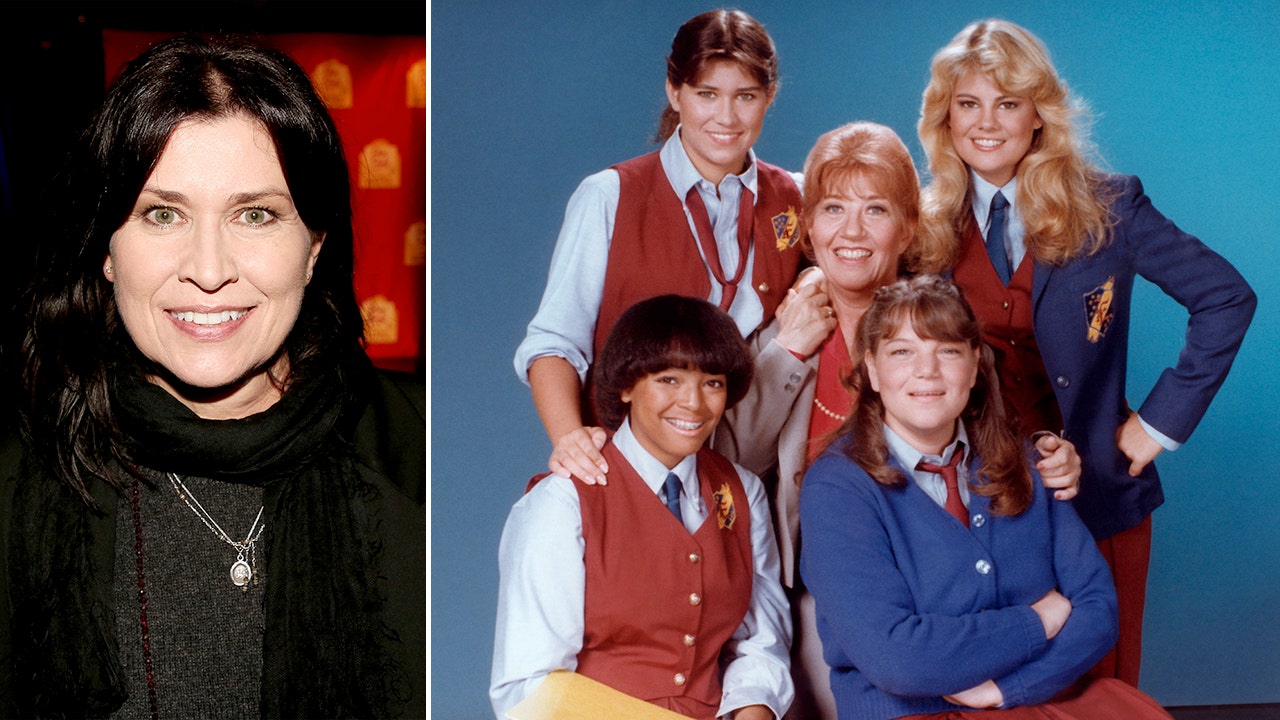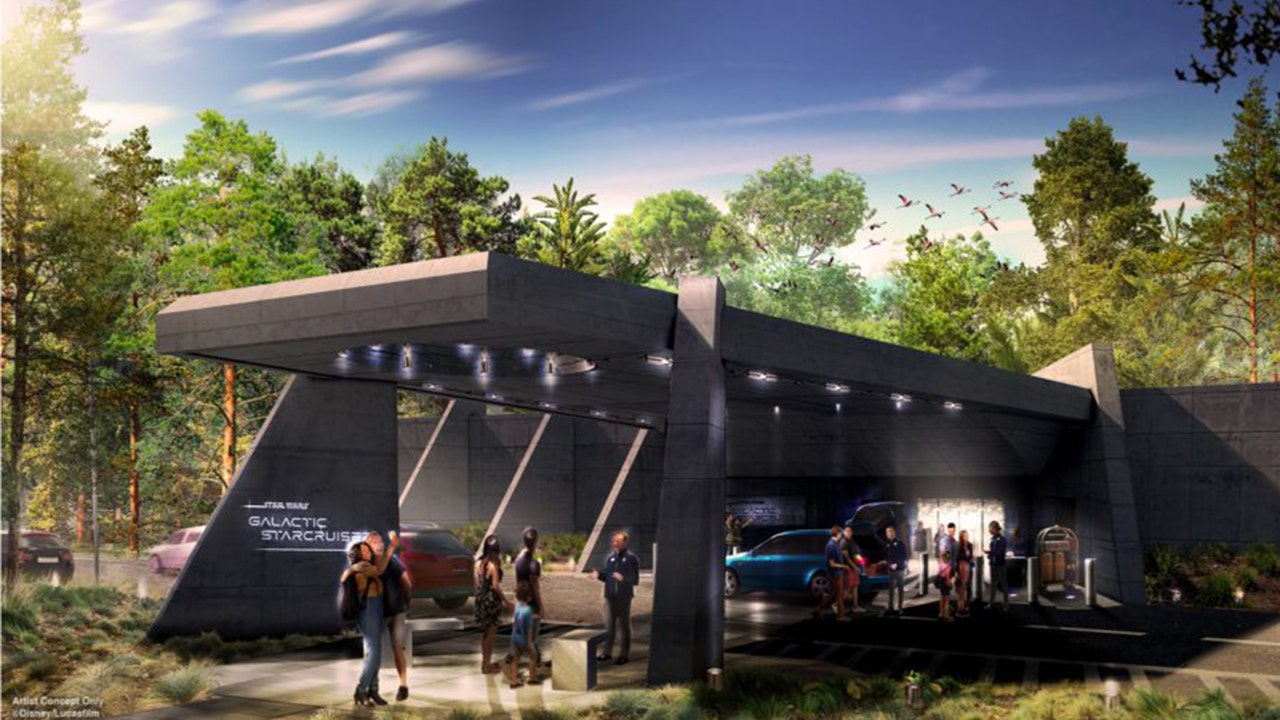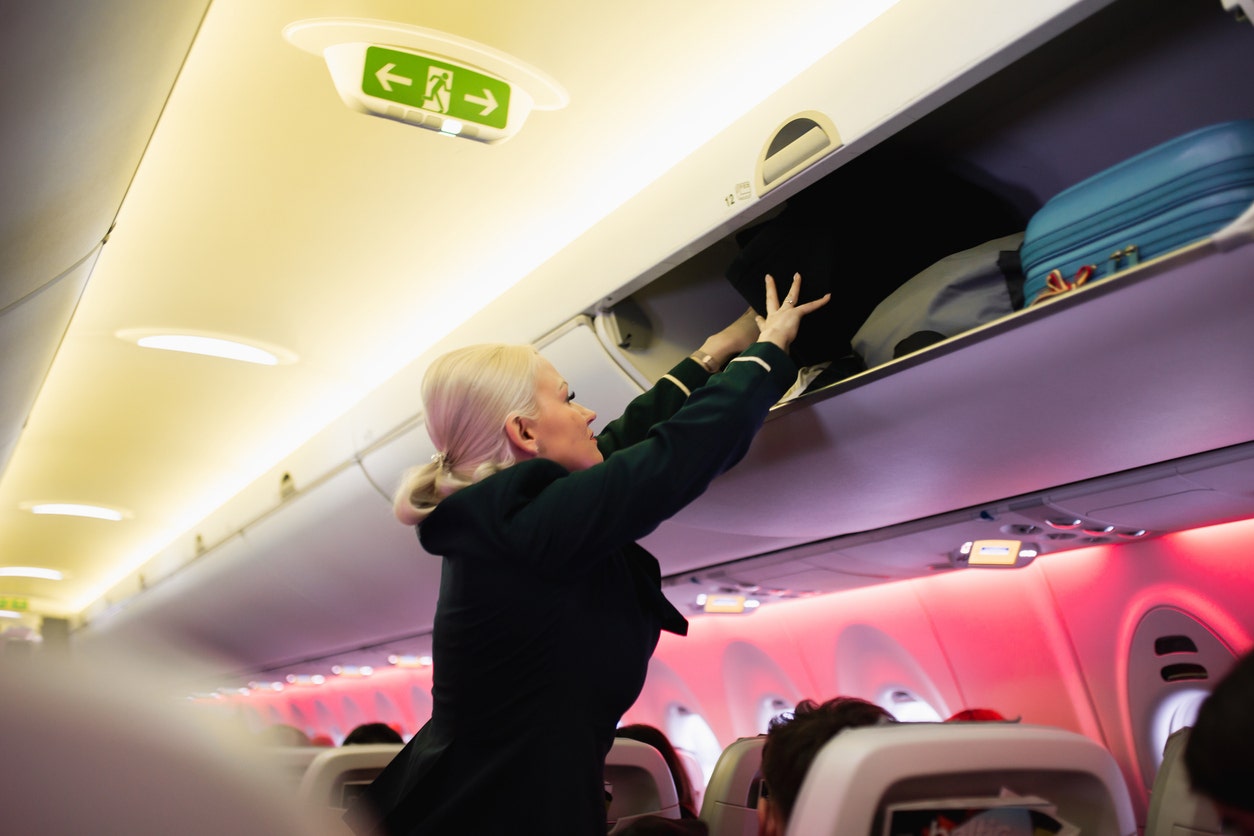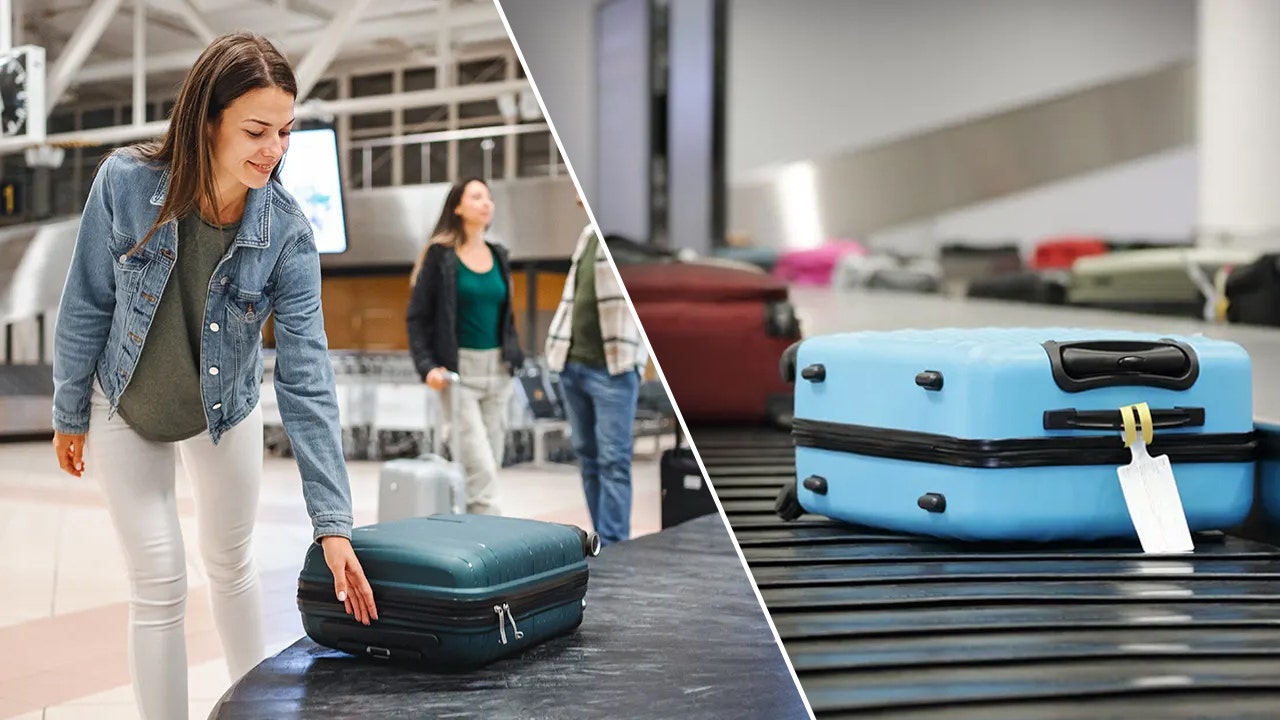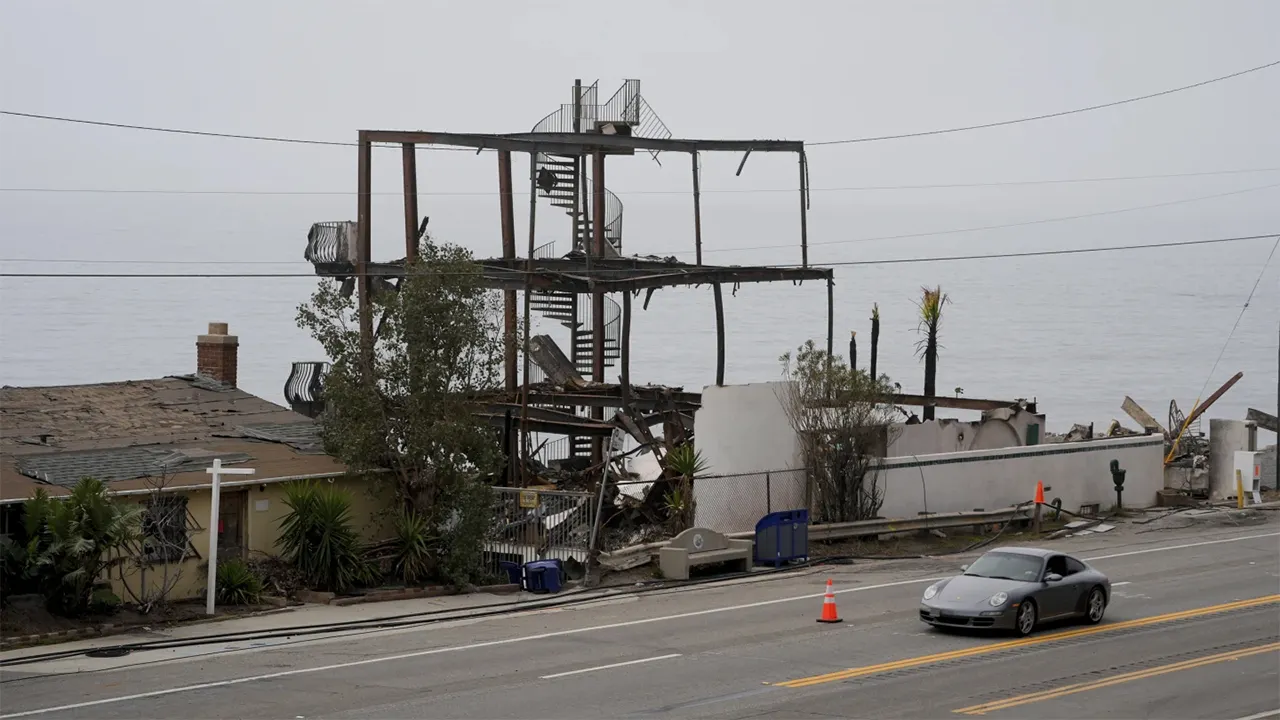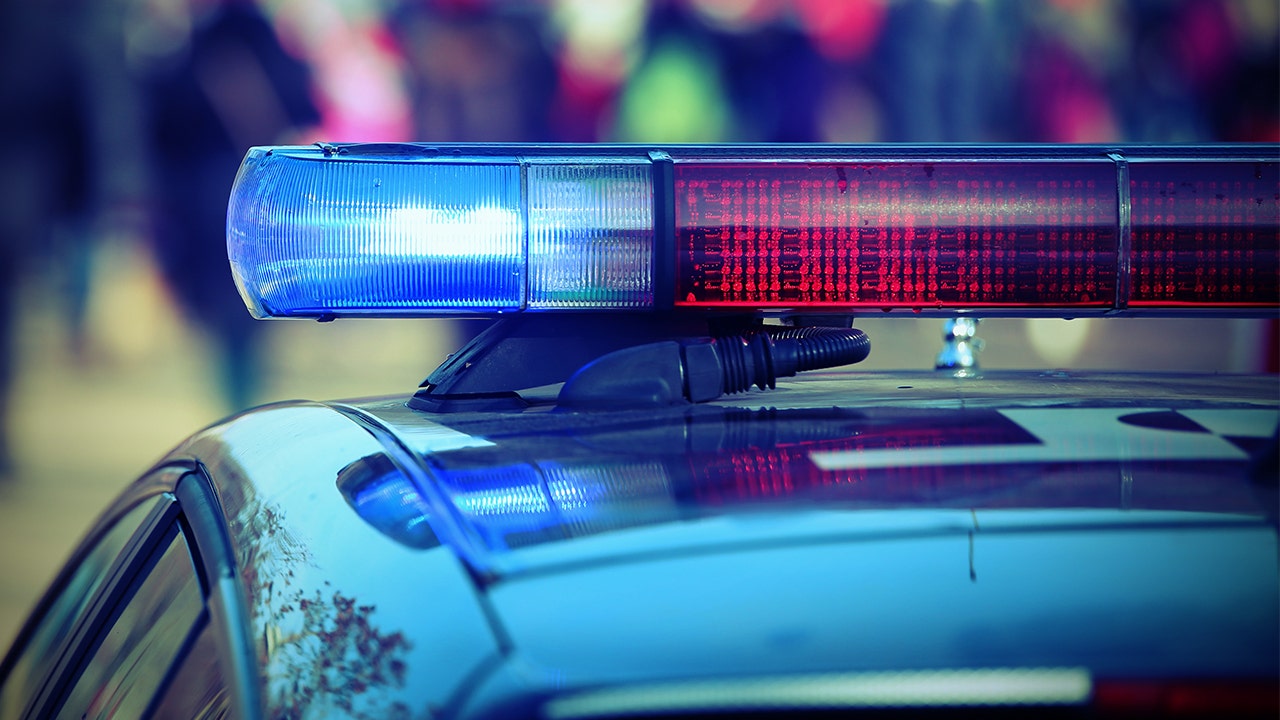Trump Assassination Attempt: Local Officer’s Shot Stopped Shooter, Witness Says
A Pennsylvania police officer conveyed to lawmakers that a local operator’s bullet ultimately stopped failed assassination attempt shooter Thomas Crooks before the U.S. Secret Service fatally shot him.
An Unexpected Turn in a Political Rally
Adams Township Police Department Sgt. Edward Lenz’s testimony came Thursday morning during a hearing before the House Trump Assassination Attempt Task Force. This task force has been tasked with investigating the July 13 shooting incident involving former President Trump, marking one of two alarming assassination attempts against him.
“Across several counter-assault teams, three sniper teams, and support personnel, we had a total of 44 individuals on-site, surpassing what the Secret Service initially requested,” explained Lenz, a seasoned commander with the Butler County Emergency Services Unit (ESU). His opening remarks were underscored by a compelling admission about the planning stage: “At no point was Butler County ESU asked to secure the AGR complex or its surrounding perimeter.” This revelation raises questions about communication and preparedness, especially during such high-stakes events.
Eyes on the Ground: Local Forces Respond to a Dire Threat
Within the AGR complex that day, snipers were stationed, yet they were unable to detect the shooter from their vantage point. Lenz revealed, “They were unaware of such duties during that deployment.” Yet, just as any extraordinary day unfolds, serendipity intervened. A member of the quick response force noticed unusual activity nearby, leading to the discovery of Crooks.
The attentive Beaver County sniper captured critical moments by photographing the suspicious individual earlier along with Crooks who, through the lens of a range finder, was pinpointed aiming at the stage where Trump would speak. This sighting, occurring around 5:10 p.m., happened just over an hour before Crooks initiated his attack.
The Moment of Truth: Quick Reflexes Save Lives
As chaos unfolded, the swift actions of a Butler County ESU operator became crucial. Exiting a nearby barn behind the speaker’s stage, he quickly assessed the situation and pinpointed Crooks as the source of gunfire. “He fired at a distance of about 110 yards, less than six seconds after the shots began, causing the shooter to recoil momentarily,” Lenz recounted, his voice steady but tinged with the weight of what had transpired.
The rapid response efforts culminated in the tragic necessity of a Secret Service counter sniper, who delivered the fatal blow to Crooks just 15.5 seconds after Crooks unleashed his attack. It was a heart-wrenching reality; while the local officer had acted decisively, he had not struck his intended target.

The Ripple Effects of Security Oversight
The aftermath was scrutinized. The Task Force heard from multiple witnesses, including local law enforcement officials, a medical examiner, and a retired Secret Service agent. Their insights painted a complex picture. Many witnesses highlighted a troubling lack of communication and direction from the Secret Service. This disconnect, they argued, ultimately allowed Crooks, a mere 20 years old, to position himself advantageously on a rooftop, resulting in devastating consequences for rally attendees. He injured two individuals severely while claiming the life of Corey Comperatore.
Task Force Chairman Rep. Mike Kelly, R-Penn., posed a poignant query: “If we knew there was a suspicious person out there, why would you allow President Trump to stand on that platform?” Such questions echoed through the room, infusing the tension with urgency and the pressing need for accountability.

Balancing Security and Resources: An Ongoing Challenge
Amid the atmosphere of scrutiny, Ranking Member Rep. Jason Crow, D-Colo., offered a balanced viewpoint: while acknowledging the Secret Service’s failure on that day, he also underscored the agency’s daunting responsibility since its establishment in 1902. In a moment of reflection, he stated, “The Secret Service must fulfill its mission without fail. Yet, Congress must also provide the resources necessary.” His words lingered, highlighting the need for reform and investment in effective security measures.
On the day of the rally, as Crooks maneuvered his drone about 200 yards from where Trump would speak, the tension hung thick in the air. It was revealed later that he had spent nearly 70 minutes loitering at the rally site that day, several steps away from a potential tragedy.
The investigation into the eight casings found on the roof where Crooks fired from continues. Each uncovered detail paints a clearer picture of a day marked by vulnerability, miscommunication, and the weight of responsibility borne by those sworn to protect.
As we reflect on this shocking attempt and its implications, it remains evident that vigilance paired with communication can make all the difference. The tragic incident not only serves as a reminder of the threats faced by public figures but also underscores the importance of collaboration among security agencies.


